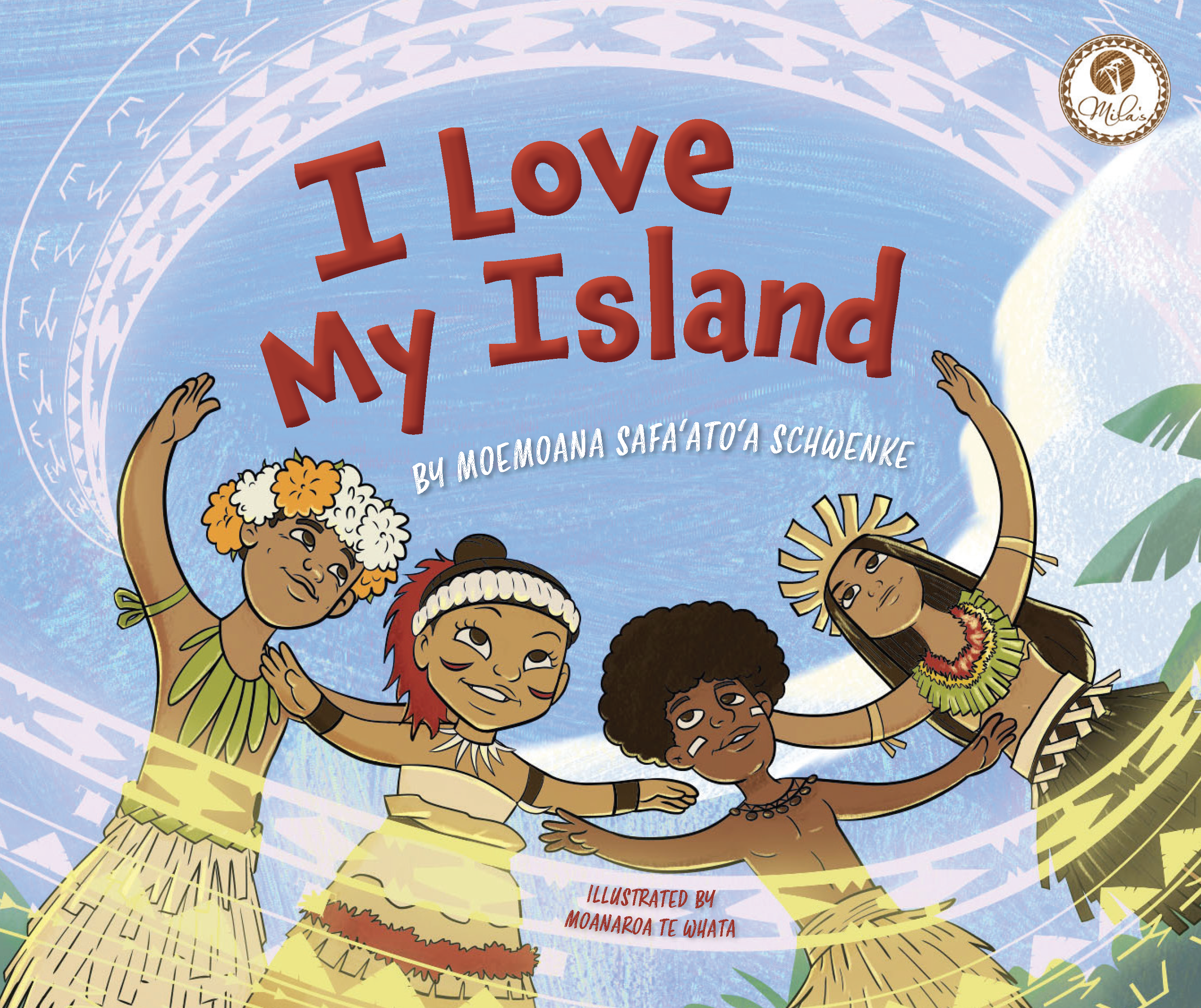Alex Adank and Becks Popham review four new picture books.
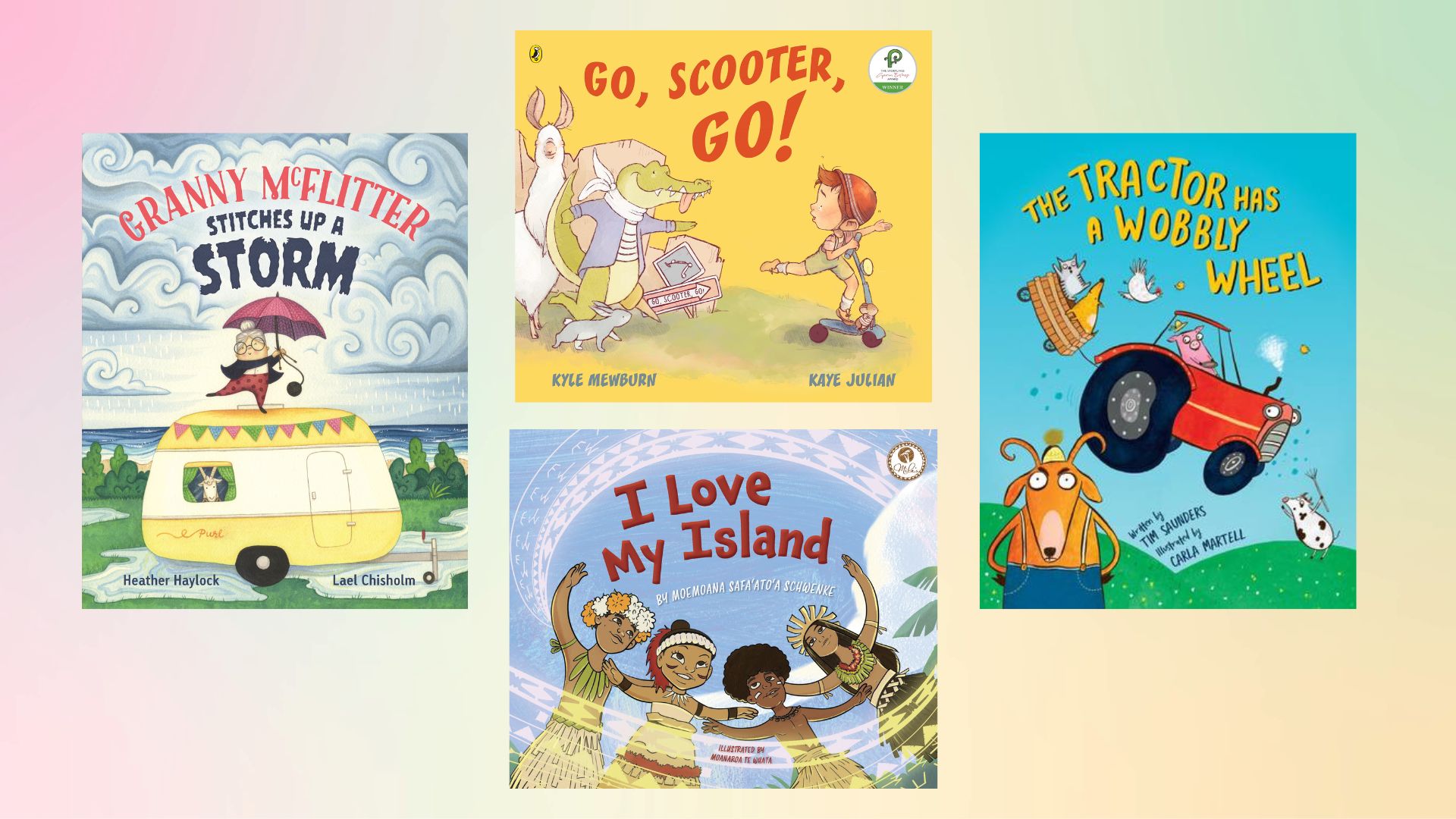
The Tractor Has A Wobbly Wheel, by Tim Saunders and Carla Martell
A new picture book from Tim Saunders, writer and farmer, and Carla Martell (best known for last year’s runaway success Duck Goes Meow) ticks a lot of New Zealand picture book boxes. Farm machinery and animals feature, the rhyming structure is jocular and repetitive (perfect for preschoolers), the series of mishaps that befall the tractor wheel steadily grows in ridiculousness.
As a read aloud I can see this featuring regularly in preschool and library story times—it’s fun, colourful, and full of farm based silliness and absurdity. In addition to standard farm animals, a seal, a snaky eel, and a hedgehog all make appearances.
It is also pretty derivative. Formally it is a direct descendent of The Wonky Donkey, with the list of ailments plaguing the tractor wheel growing by the page, until it is a ‘leaky squeaky lumpy clunky shaky bumpy thumpy knobbly wobbly tractor wheel’
.
The illustrations are bright and silly, if a little all over the show, design wise (a shame since Duck Goes Meow really benefited from its thoughtful, simple artwork) but again, it will absolutely appeal to the under 5s with its colourful, quirky creatures. Martell has a real knack for capturing the various moods and reactions of different animals, and clearly understands young children’s need for expressive faces and silliness.
Rhymes, zany farm animals, tractors gone awry … for many, buying this book will be a no brainer.
My only reservation about books like this one (and this is a pitfall of many picture books), is that while they are great as an entertainment device, they are the sort of book which parents dread reading (we’ve all been guilty of placing these books on too high to reach shelves). The repetitiveness of the rhyme may have developmental benefits for small children, but after a couple of reads, most parents will find themselves looking for something less maddening. That said, this book meets so much of the criteria of what most people are looking for when buying a children’s book, I expect it will be a great success.
Rhymes, zany farm animals, tractors gone awry, onomatopoeia, drenched in primary colour and good production value mean that for many, buying this book will be a no brainer. Perfect for fans of The Wonky Donkey, Little Blue Truck, or Grumpy Monkey.
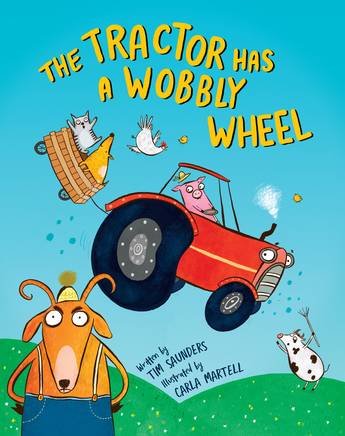
The Tractor has a Wobbly Wheel
Tim Saunders
Illustrated by Carla Martell
Allen & Unwin Children’s
$22.99
Granny McFlitter Stitches Up a Storm, by Heather Haylock and Lael Chisholm
Granny McFlitter is back for her fifth crafty installment—she’s off to the beach in her caravan for a week of summer holidays.
Granny McFlitter Stitches Up a Storm is a bright, joyful, rhyming romp, sure to be a favourite for group story times and bedtime alike. Granny’s holiday is beset by misfortunes, first a ‘bothersome billy goat’ named Guzzle who destroys her knitted outdoor furniture, then by a huge storm which causes havoc at the campground. The inimitable Granny is undaunted, and proceeds to knit (using both wool and recycled materials gathered around the beach) a ‘Storm-Sucker-Upper-Machine’ which restores order and redeems the cheeky Guzzle.
This is a great example of a picture book that, on the surface, is ‘just’ a good, fun, rhyming read aloud. But thoughtful, deeper details are peppered throughout. Granny is determined and plucky, she overcomes problems and doesn’t let adversity hold her back. Lots of kiwi kids will now and in the future be faced with the reality of changing weather systems—the storm that assails the camping ground is an increasingly common occurrence here. Granny using debris found after the storm to knit into new things speaks to our changing attitudes to waste and making use of the resources available—a good dose of kiwi ingenuity can go a long way.
Granny McFlitter Stitches Up a Storm is a bright, joyful, rhyming romp …
These sophisticated themes are dealt with so deftly you almost don’t notice, thanks in no small part to the charming, concise illustrations by Lael Chisholm. The design of the book is one of its many strengths, and the artwork guides the reader joyfully, seamlessly through each step of the story. A pretty, pastel palette, just enough detail to compliment the words, and the characters and landscape are imbued with such joy!
You can feel the affection that both Haylock and Chisholm clearly hold for Granny, apparent in many tiny visual details (the campervan is called ‘Purl’, Granny’s knitted sausages!) and in the care given to the story and language. After a week of demanding nightly re-reads, my four year old had learned the words ‘belched, ‘mangled’ and ‘chaos’. This book is now firmly lodged in our regular rotation, and I cannot recommend it highly enough! Perfect for fans of Grandma McGarvey, Kuwi the Kiwi and Hairy Maclary.
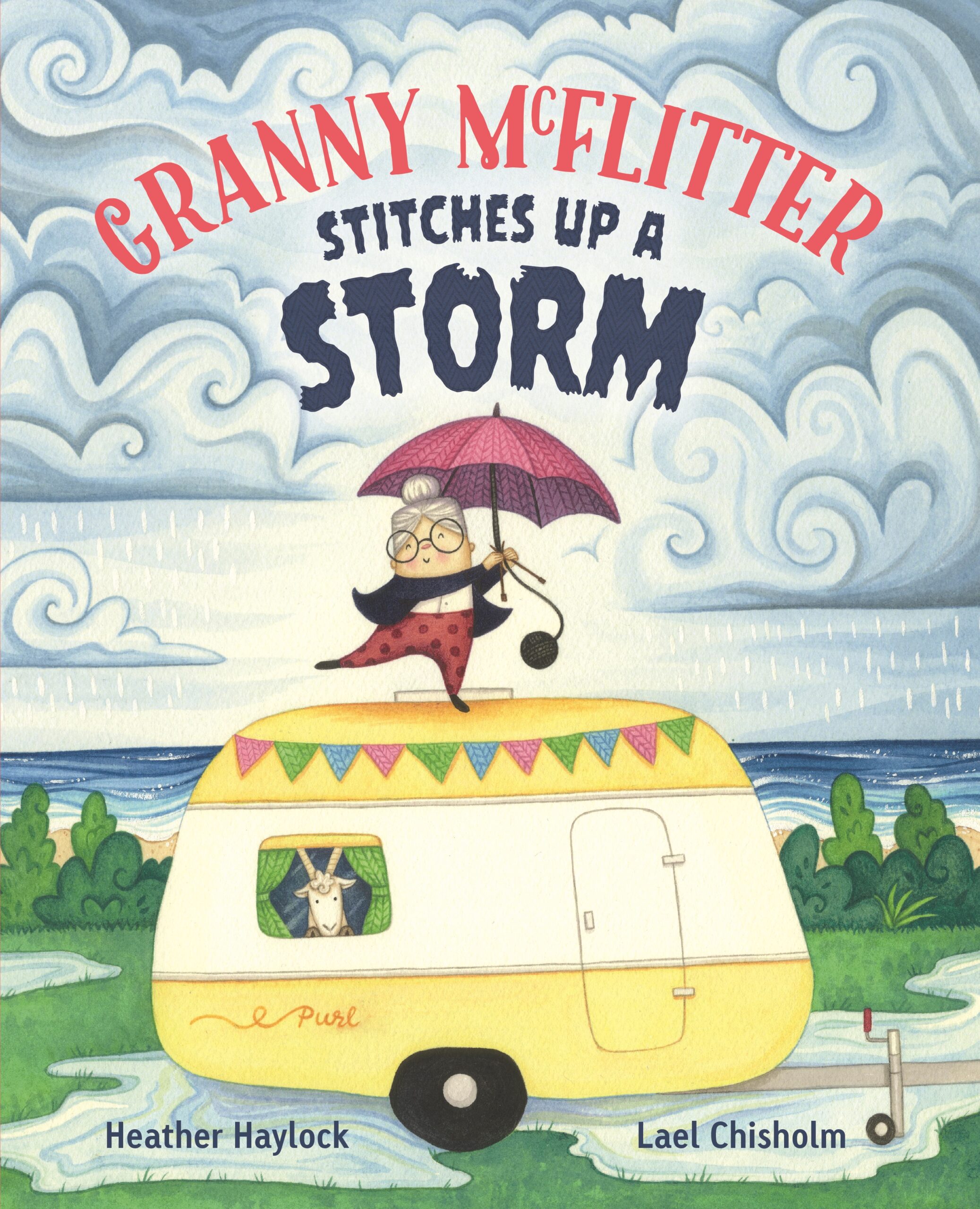
Granny McFlitter Stitches Up a Storm
Heather Haylock
Illustrated by Lael Chisholm
Puffin
$20.99
Go, Scooter, Go!, by Kyle Mewburn and Kaye Julian
I was excited to read this new picture book from local literary talent Kyle Mewburn and Kaye Julian (recipient of last year’s Gavin Bishop Storylines Award). But several elements left me disappointed.
The book is about a boy called Hugo zooming along on his scooter past a series of whimsical animals, before finding his Granny holding a stop sign. She then lets all the animals inside and they sit down to storytime together.
The writing feels dashed off—it’s told mostly in an AB rhyming structure, except a few moments when it isn’t, and on several pages the words used don’t quite rhyme closely enough—for example, ‘clucking truck’ is paired with ‘rusty junk’. This makes reading aloud unpleasant and halting.
The story is also confusing—I had to read it three times before I realised that the premise is that Hugo is trying to get past a traffic jam, presumably caused by his Granny’s stop sign. This isn’t made obvious enough on the first page, and continues to be unclear, with some animals remaining stationary while others join Hugo on his journey.
Visuals don’t always need to perfectly match the text in a picture book
Speaking of the animals, Kaye Julian is very good at drawing a cute creature. But overall it feels rushed and first draft-y, which is such a shame because she is a very talented illustrator (her Instagram is well worth a follow). Many pages just don’t work visually. For example, when the text reads ‘Whizz! Past some bikers in spotty pyjamas, a cart of bananas pulled by sleepy llamas’, we see a picture of three gorillas in onesies. They are sort of spotty, but more splotchy, and yes they’re on bikes, but the bikes are mostly obscured by the cartful of bananas and a chicken, mouse and cow. Visuals don’t always need to perfectly match the text in a picture book, but they need to be faithful enough that the reader isn’t left searching for clearly named details.
The appearance of Hugo’s Granny on the third to last page is also odd—he greets her by saying ‘Hey, Granny. You found a new sign!’, which to me implies the existence of a previous sign, or some earlier reference to a sign. She does indeed have a collection of road signs, but this isn’t revealed until two pages later, and only in the illustrations … what’s with this Granny and signs?! This was baffling, but I think it’s meant to be the punchline of the story.
Maybe I have missed something here, but I feel like the text is relying heavily on the visuals to fill in the blanks for the reader and it’s just not quite landing. Both Mewburn and Julian are talented creators, but I feel like this book didn’t get the editing it needed, and really suffers for it. Alexandra Adank
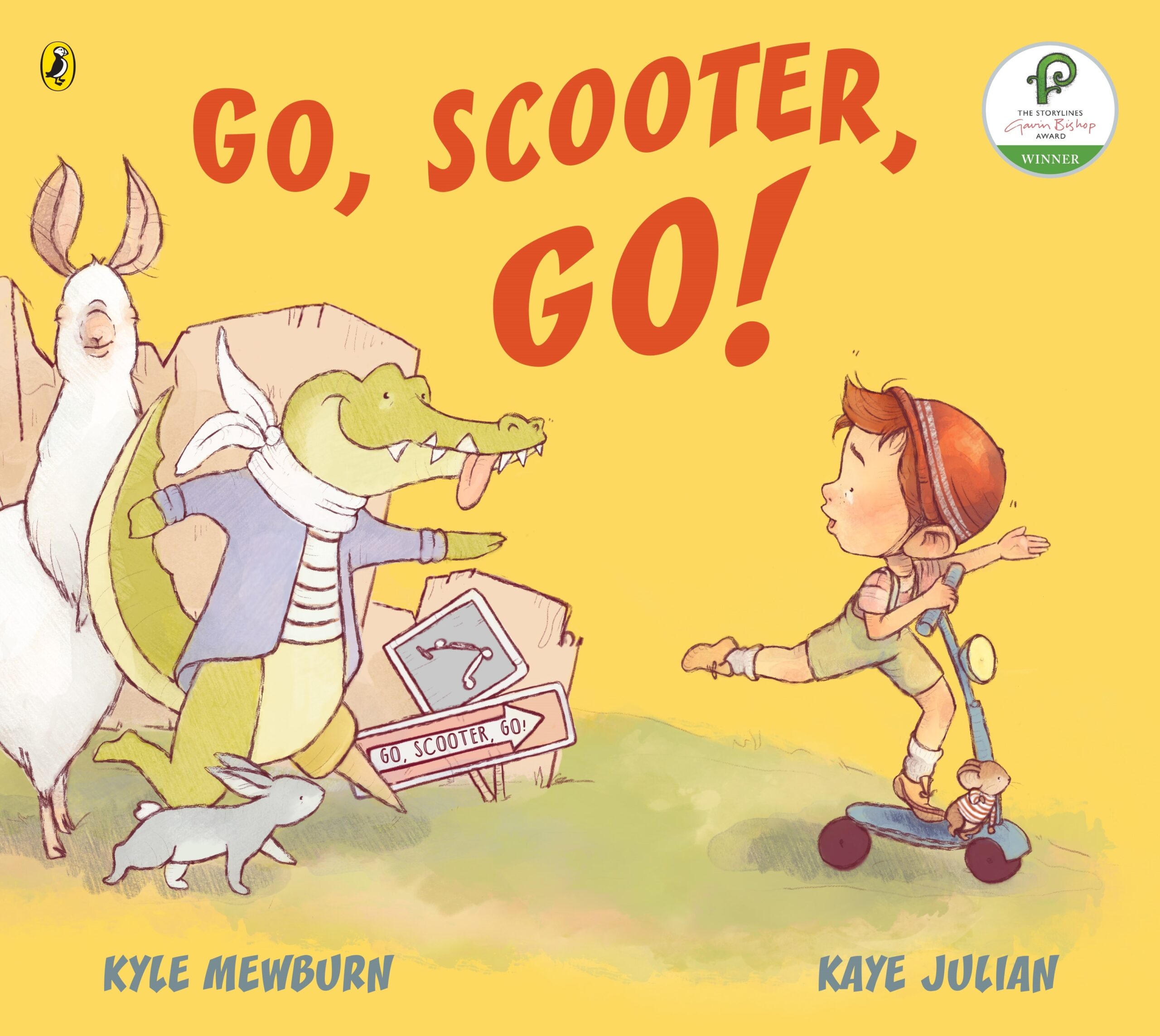
I Love My Island, by Moemoana Safa’ato’a Schwenke & Moanaroa Te Whata
Mila’s Books, the award winning, all Pasifika publishing house, has teamed up with Moemoana Safa’ato’a Schwenke (an absolute baddie—environmental advocate, writer, director, tutor, artist, dancer AND Miss Sāmoa/Miss Pacific Islands) to create a lyrical call to action centered on four Pasifika kids, Moeatalagi, Vila, Amata and Pelasio. The kids, hailing from Sāmoa, Solomon Islands, Marshall Islands and Tokelau, each call upon their communities to join hands and work together to save their lands and heritage.
Moemoana’s advocacy shines in the messages throughout. As she summarises in her dedication at the beginning, ‘For all the children of the Pacific, who hold the power to protect their islands. May your stories inspire hearts, empower communities and safeguard the future of your islands’. You can feel the love and sincerity she holds for her homeland and Pacific Islands as a whole.
Illustrator Moanaroa Te Whata (Ngā Puhi, Ngā Porou, Niue) is a great collaborator here and he creates luscious drawings, capturing each of our protagonist’s unique personalities, environments and cultures. Moanaroa weaves each island’s siapo, ngatu, kapa/tapa pattern throughout the book, blending them beautifully as our four youngsters draw upon their strength, unity and skill to protect their islands from very real environmental disasters. And that’s what’s at the heart of this story. You’d have to be living under a rock to not know that a vast number of Pacific Islands are under threat from extreme weather (due to the climate crisis), rising sea levels, coral bleaching and
a lyrical call to action centered on four Pasifika kids
deforestation. Moemoana is well aware of these horrors—she represented Samoa as a Youth Government Delegate at COP26 in Glasgow and COP28 in Dubai, and many other international platforms bringing to the fore the results of climate change on Pacific Islands. Still, she skillfully manages to pivot what could be doom and gloom into a story of hope, with strength in unity to fight for a better world.
My one small criticism, and it’s likely because I’m out of practice (read that as ‘definitely out of practice’), is that the story rhythm trips up on itself occasionally. Sometimes it rolls off the tongue and others, it’s a bit of a rush to get it all out. Having said that, I’m sure those well-versed picture book readers will sort the flow in no time. If nothing else, repeat bedtime reading means you can nail the cadence of a picture book’s tempo within seconds. Other than that, I loved this book and, if still working in a bookshop, would be stuffing it into the hands of many customers and school librarians. One of our book subscriptions at Good Books was for a newborn and their tinā asked for books featuring Samoan characters and stories as that’s where the pepe’s tamā was from. I would have loved to have sent him this book. I wish bigger publishers showed the same dedication that Mila’s Books does to Pasifika (and Māori) authors and illustrators. Representation matters and it costs nothing. Seeing yourself and your culture in stories and sharing that with your pepe? Priceless! Becks Popham
